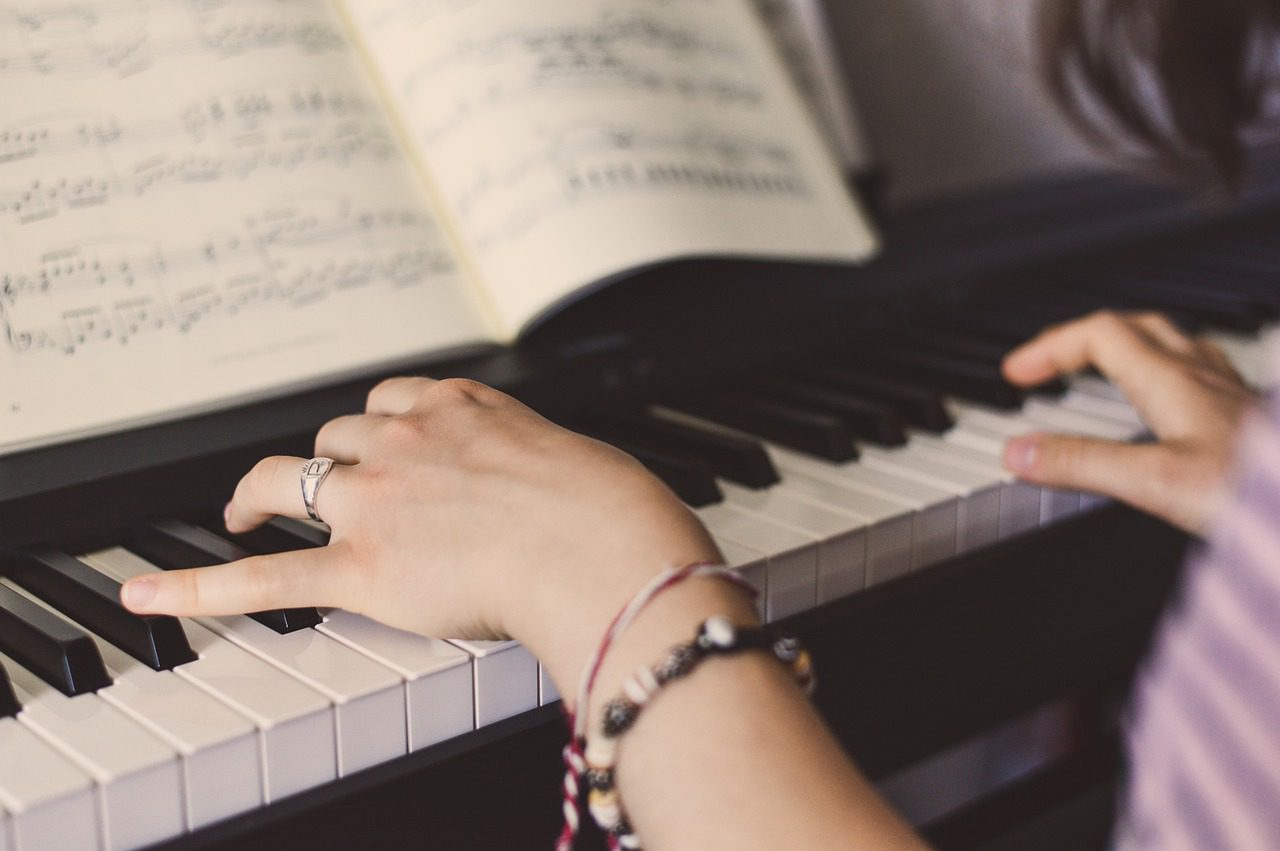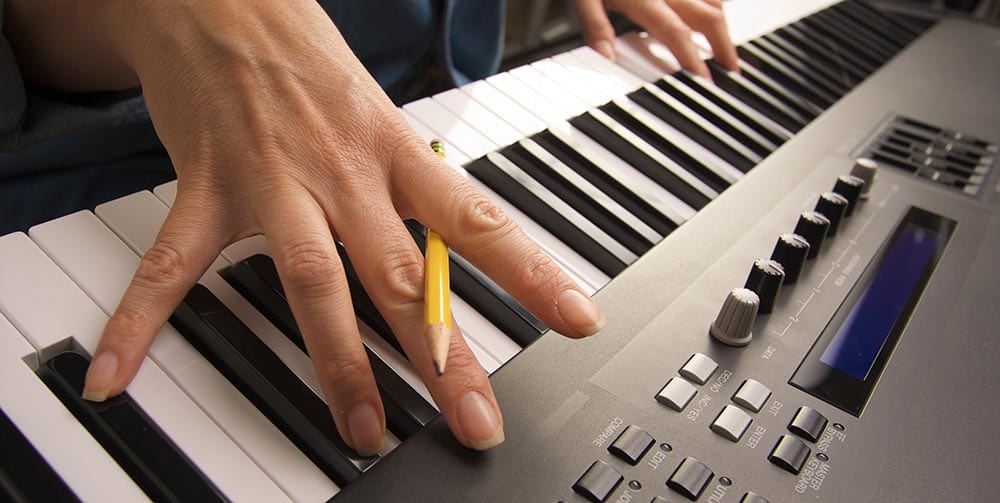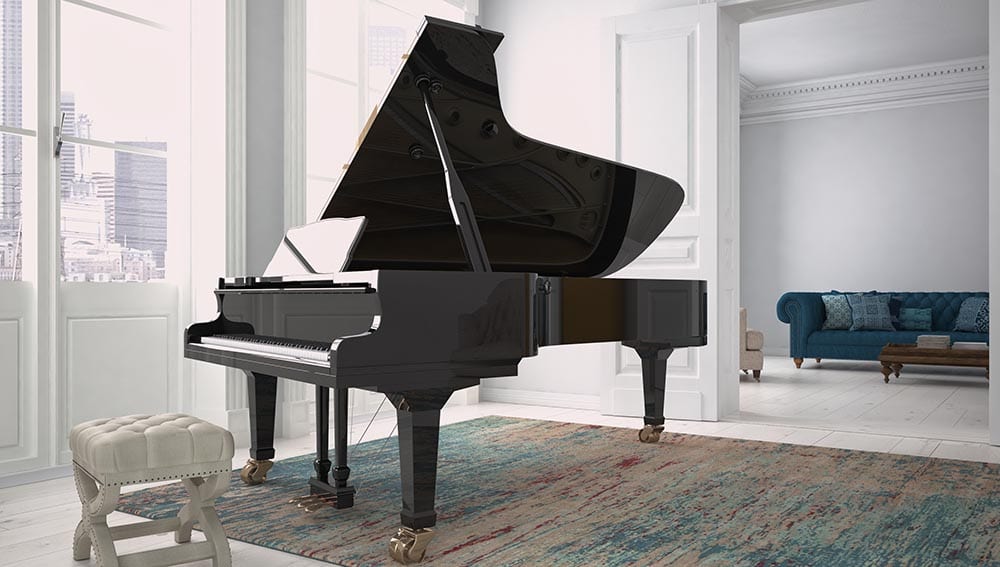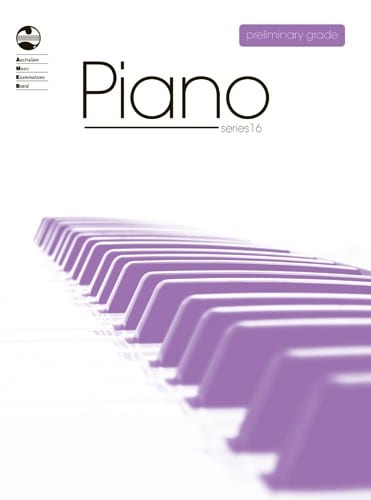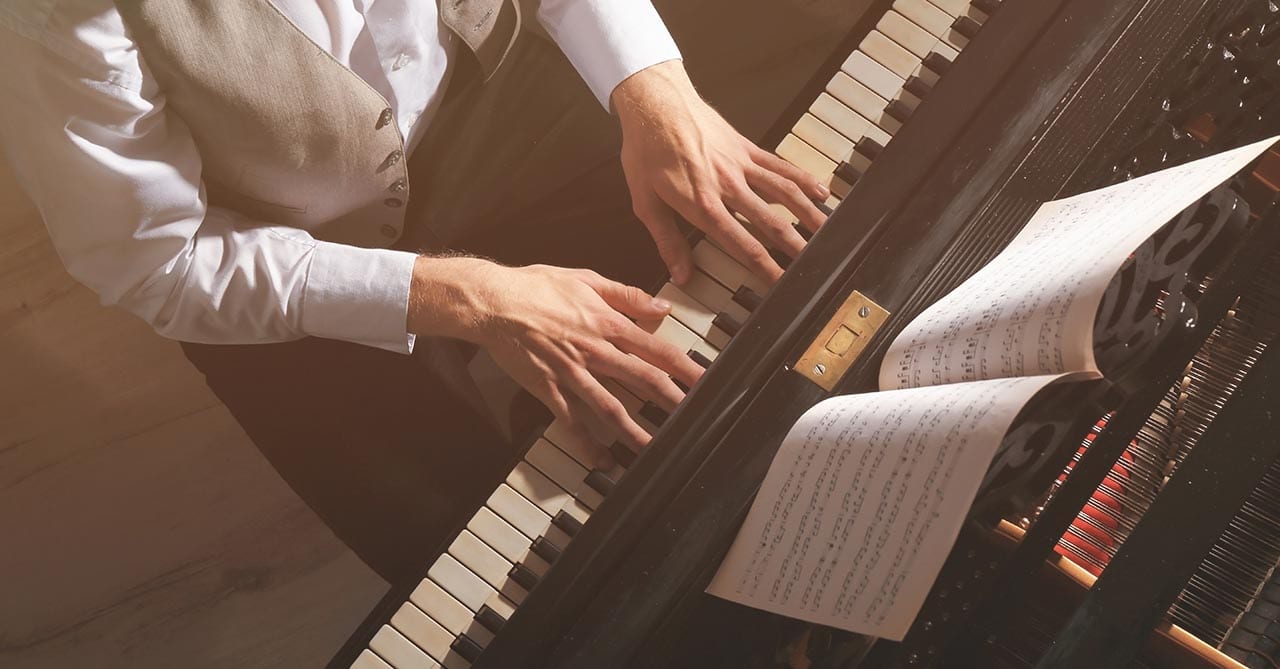Proper Piano Hand Positioning Guide
Understanding proper piano hand positions is an important first step for beginners learning the piano. Not only does it encourage good technique, but it also reduces fatigue while playing.
Here are our tips on correct hand positioning and proper fingering.
Hand and Finger Placement
For an ideal hand position, relax the fingers and place your hand with your fingertips resting on the surface of the keys. The wrist should be level with the knuckles, while the hand and fingers form a dome shape
All the fingers should be curved, meeting the keys at a 45-degree angle. Play with the tip of the thumb below the nail, and use the front pad of the rest of the fingertips. As you play each note, you should feel the weight of your arm pouring into the keys.
Remember, this is just the starting buy phentermine pills position. Once you play, you may need to straighten or curl your fingers more, depending on what you are playing.
Finger Numbers and the Natural Hand Position
The finger numbers for piano are quite simple. You start with your thumb as number 1 and then continue across from right to left, finishing at your pinkie as number 5. The first rule of piano fingering is that the shorter fingers (1 and 5) play the longer keys while the longer fingers (2, 3 and 4) play the shorter keys.
This is exemplified in the natural hand position, where finger 1 would rest on the C, fingers 2, 3 and 4 would rest on the next three black keys (F-sharp, G-sharp and A-sharp) while finger 5 would sit on the E.
The point here is that it’s more natural to use middle fingers to hit the black keys because they’re longer. Using the thumb to play black keys would place your hand too close to the fallboard, making it difficult for your other fingers to hit the white keys. It’s about minimising movement and in turn, fatigue.
Fingering
While beginner books will include basic fingerings on the sheet music, they are not indicated on most other music. It is the scales that determine the fingering for practically all runs, so it’s important to memorise these as soon as you can. So much of music is based on scales, so remembering them without having to think about their proper fingering is a huge head start. In the meantime, it can be handy to write your fingering down on pieces of music without them.
It is always a good idea to follow the fingerings written into a score, as they are usually there for good reason. Sometimes a piece of music will show fingerings for unusual situation where special positions are needed. While it may seem awkward at first, not following the indicated fingering can land you in trouble once you get up to speed.
Not all suggested fingerings on the music score are appropriate for everyone, though. You may have large or small hands. The important thing to remember is to fix your fingering and not change it unless there is a very good reason. Inconsistent fingering will slow down the learning process and cause trouble later, especially during a performance, when a fingering indecision can cause a mistake. If you change your fingering, make sure you stick to the new one. Mark the change on the music so you remember.
If you have any questions or want any advice, talk to the friendly team at Pianoforte. We offer a broad range of piano services to Sydney, including piano rentals, piano repairs and piano movers.
hk pools
togel online
bento4d
situs togel online
situs togel resmi
situs togel
toto togel
situs slot gacor
toto slot
situs hk
https://desasidetapa.id
toto togel
situs togel
toto togel
situs togel
toto slot
toto slot
https://www.kimiafarmabanten.com/
https://www.kimiafarmabogor.com/
rtp slot
slot gacor
toto slot
slot gacor
rtp slot
situs togel
https://www.kimiafarmalampung.com/
toto togel
slot gacor
https://www.kimiafarmapontianak.com/
https://www.kimiafarmariau.com/
https://www.kimiafarmasurabaya.com/
situs toto
bento4d
penidabet
situs toto togel
situs togel resmi
bo togel
toto slot
penidabet
data hk
bento4d
situs togel
situs toto
toto slot
data hk
toto slot
penidabet
data macau
situs toto
slot gacor
situs toto
https://cabinindo.id/
bo togel
situs slot resmi
bento4d
bento4d
situs togel
situs toto
situs togel
slot gacor
slot gacor
situs toto
situs toto
slot gacor
slot gacor
situs toto
bandar togel
slot gacor
toto slot
situs togel
situs togel
slot gacor
penidabet
slot gacor
rtp slot gacor
situs toto
rtp slot
bento4d
bento4d
situs gacor
bento4d
slot gacor
rtp live
rtp slot
sydney night
slot gacor
situs slot terpercaya
situs togel
toto slot
rtp slot gacor
slot gacor
link slot gacor
situs togel
situs hk
bento4d
bento4d
link slot
situs toto
situs slot gacor
situs toto
toto togel
slot gacor hari ini
slot gacor
slot gacor
slot gacor
bento4d
togel online
bento4d
bandar togel
situs toto
bento4d
situs slot gacor
slot gacor hari ini
link slot
bandar togel
situs slot gacor
situs slot gacor
situs slot gacor
slot gacor hari ini
toto togel
bento4d
bento4d
bento4d
situs slot
bento4d alternatif
data pengeluaran hk
bento4d
desapedawa.id
https://desaparhorboan.id
https://desarintis.id
toto togel
rtp slot
bento4d
situs toto
bento4d
bento4d
bento4d
situs togel
bento4d
bento4d
situs slot
bento4d
situs togel
situs toto
situs slot gacor
slot gacor hari ini
bandar toto togel
bento4d
bandar toto macau
bandar togel
situs toto
bento4d
slot gacor
toto slot
toto slot
situs toto
situs toto
rtp slot
bento4d
bento4d
link slot gacor
bento4d
situs toto
bento4d
situs slot gacor
situs toto
slot gacor
slot gacor hari ini
slot thailand
situs slot gacor
situs togel
toto slot online
bento4d
bento4d
bento4d
situs slot resmi
toto slot
situs toto
situs toto
https://www.dispargianyar.id/
toto slot
slot resmi
pmtoto
pmtoto
bento4d
bento4d
bento4d
bento4d
bento4d
bento4d
bento4d
slot gacor
bandar togel
slot thailand
rtp slot
rtp slot
situs togel
slot gacor
togel online
slot88
slot gacor
slot gacor
slot gacor
slot online
situs toto
slot gacor
bandar togel
slot thailand
situs toto
bento4d
slot thailand
toto togel
toto togel
link alternatif bento4d
situs hk
situs toto
link slot gacor
situs hk
situs toto
situs toto
situs hk
situs togel
rtp slot
rtp slot
rtp slot
rtp slot
situs toto
situs slot gacor
bento4d
bento4d
bento4d
slot gacor
toto togel
bento4d
situs toto
situs togel
bento4d
rtp slot
bento4d
bento4d
bento4d
link alternatif bento4d
rtp slot
toto slot
situs toto
situs hk
situs slot
bento4d
bento4d
bento4d
bento4d
slot gacor
bento4d
link alternatif
bento4d resmi
Daftar Bento4d
slot gacor
slot gacor
toto togel
slot gacor
toto slot
bento4d
link slot
bento4d
slot gacor
slot thailand
link slot
situs toto
slot gacor
situs slot gacor
toto slot
situs toto
slot thailand
situs togel
situs toto
situs hk
slot gacor
slot gacor
toto slot
situs toto
situs toto
situs bola
situs togel
slot gacor
situs toto
situs slot
situs slot
bento4d
slot gacor
toto togel
toto slot
slot gacor
slot gacor
slot gacor
slot gacor
slot resmi
situs toto
slot thailand
slot gacor
slot gacor
slot gacor
situs toto
slot gacor
slot gacor maxwin
slot gacor
slot gacor
link slot
toto slot
bento4d
slot gacor
slot gacor
slot gacor
link slot
situs slot
slot gacor terpercaya
situs slot
slot gacor online
slot gacor
slot gacor
link situs slot
situs slot
slot gacor
situs slot gacor
slot gacor
slot gacor
slot gacor
link situs slot
situs toto
toto slot
link slot
situs toto
bento4d
bento4d
bento4d
slot gacor
toto slot
slot gacor
situs togel
situs togel
bento4d
bento4d
bento4d
slot gacor
situs slot
jacktoto
jacktoto
slot gacor
bento4d
bento4d
bento4d
toto slot
situs toto
link situs slot
bento4d
situs toto
bento4d
situs toto
bento4d
bento4d
slot gacor
situs toto
slot gacor
link slot
link slot
slot gacor
bento4d
bento4d
bento4d
slot gacor
slot gacor
bento4d
toto slot
situs togel
link slot
slot88
bento4d
slot gacor
bento4d
bento4d
bento4d
situs toto
situs toto
situs toto
bento4d
slot88
slot gacor
link slot
situs slot
situs slot gacor
situs slot
situs slot
toto togel
slot gacor
situs toto
situs toto
situs slot
slot gacor
slot gacor hari ini
slot gacor
situs slot
slot online
toto slot
toto togel


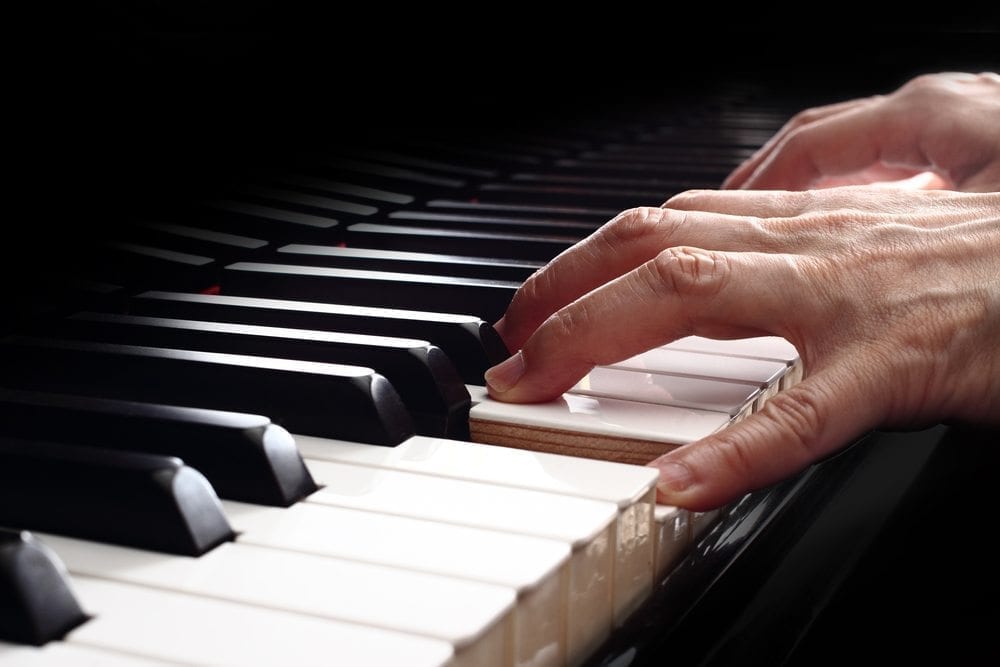
 October 14, 2016
October 14, 2016
